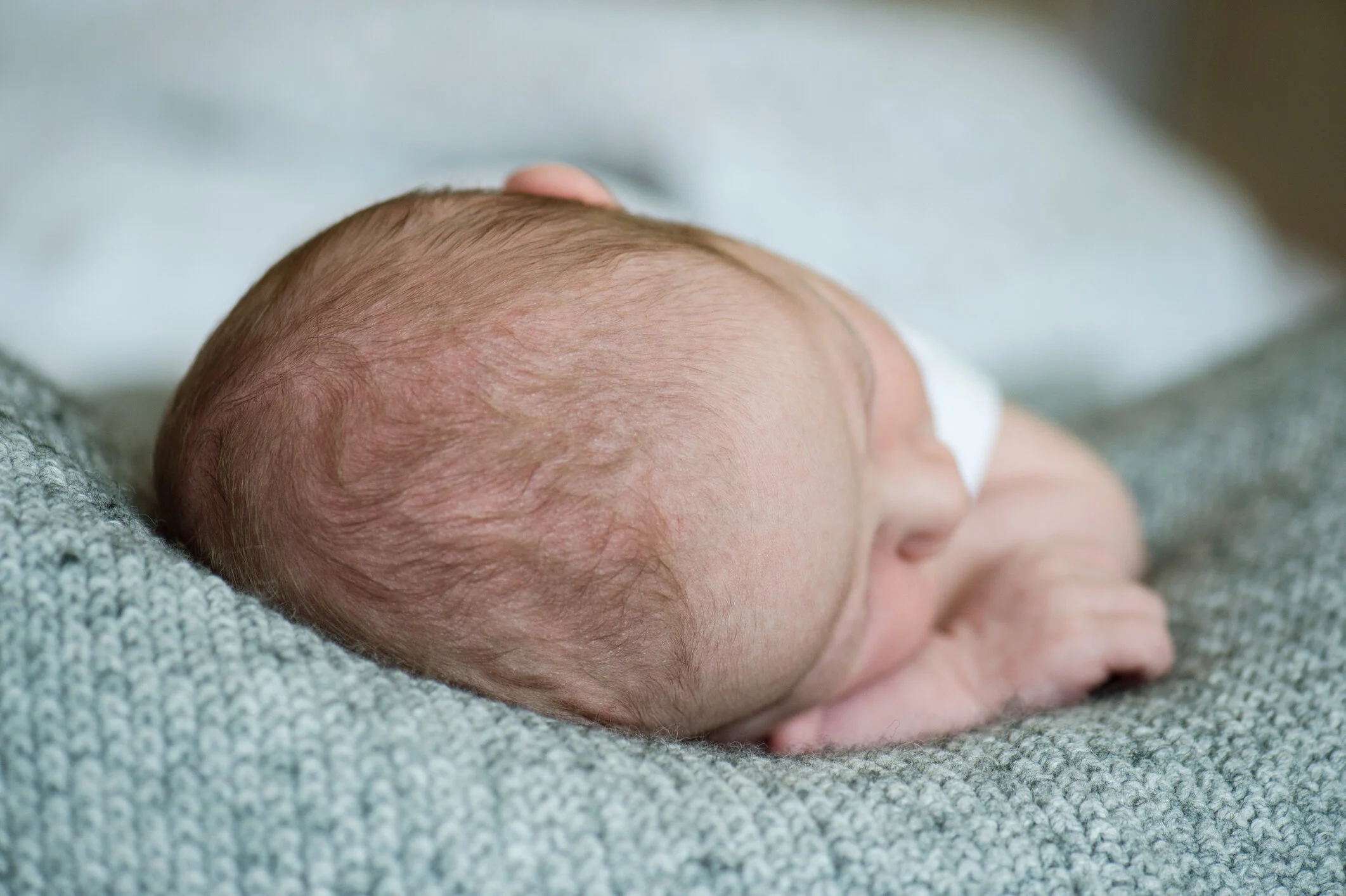Does your baby prefer to look in one direction?
The problem may actually be coming from a muscle on the opposite side of the neck! The sternocleidomastoid (SCM) is a muscle in the neck that’s function is to rotate to neck to the opposite side and tilt the neck to the same side.
𝐓𝐨𝐫𝐭𝐢𝐜𝐨𝐥𝐥𝐢𝐬 occurs when the SCM is shortened or contracted, resulting in a preference to look in one direction and/or tilt in the opposite direction.
Commonly, we see a shortened left SCM which leads to right rotation and a left tilt.
What causes torticollis?
Torticollis may be a result of positioning in the womb, stretching of the muscle during birth, or the muscle may become tight because the baby has a preference to look to one side only.
Why do we want to treat torticollis?
A baby who has decreased neck range of motion (ROM) and a preference to look in one direction can develop a positional plagiocephaly, commonly known as infant “flat head” (See our last blog post!)
Finding midline (the middle) is an important developmental skill and can be delayed in babies who have torticollis
Integration of certain reflexes (e.g. ATNR) can be delayed with a persistent head preference


